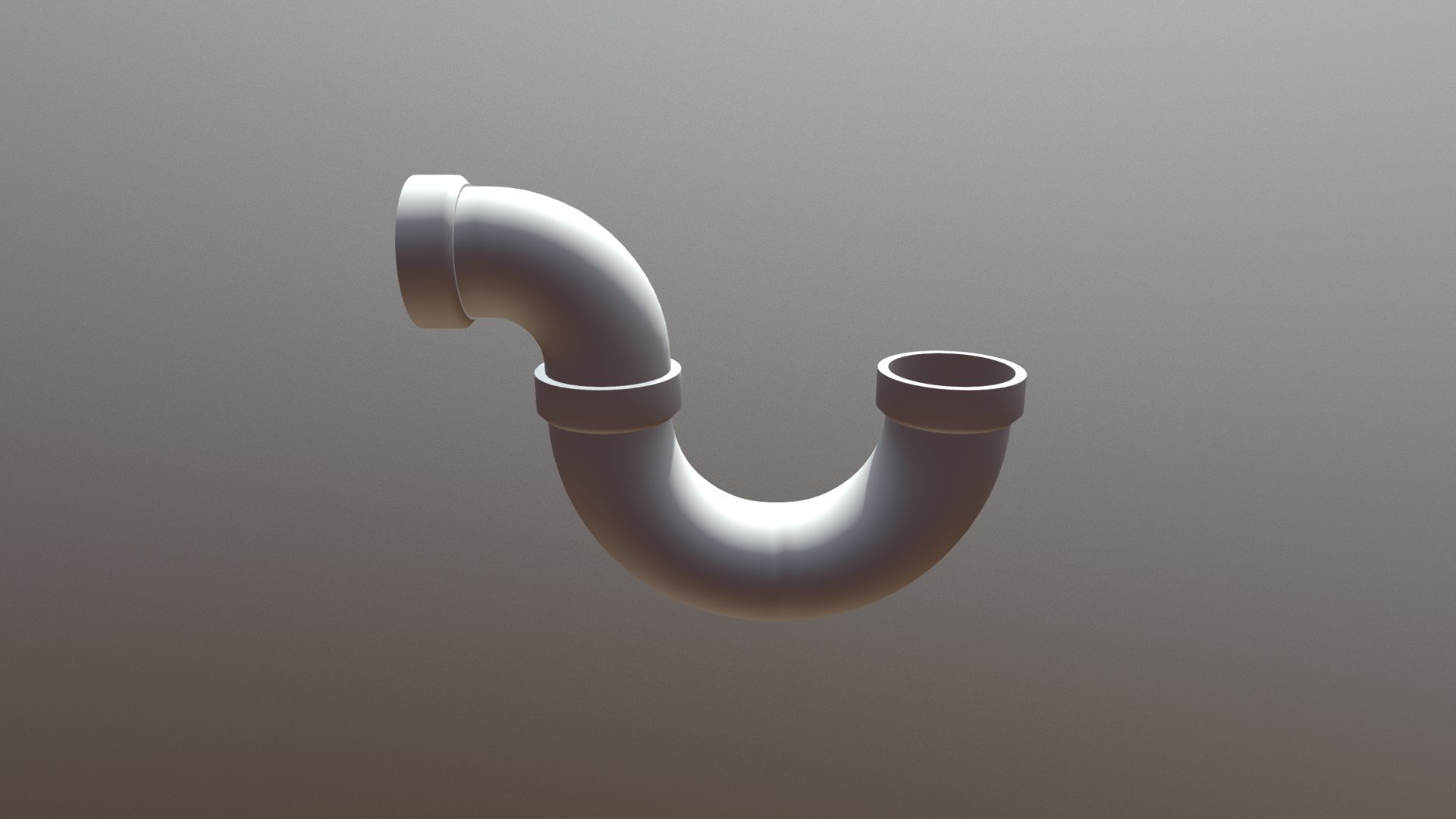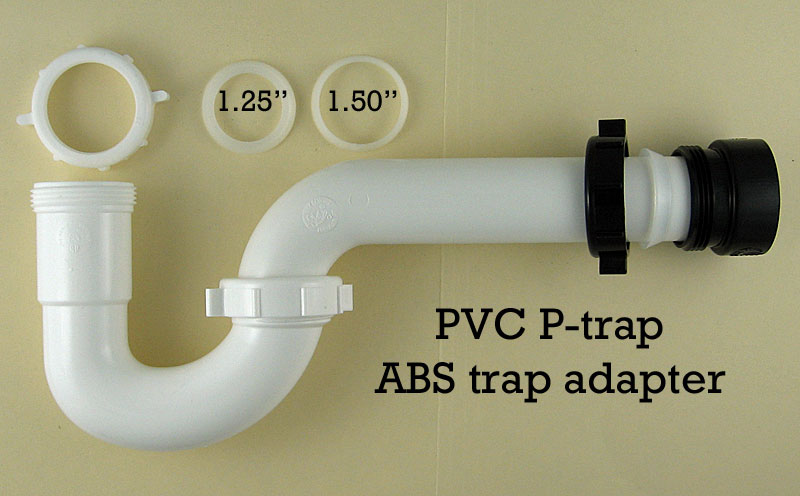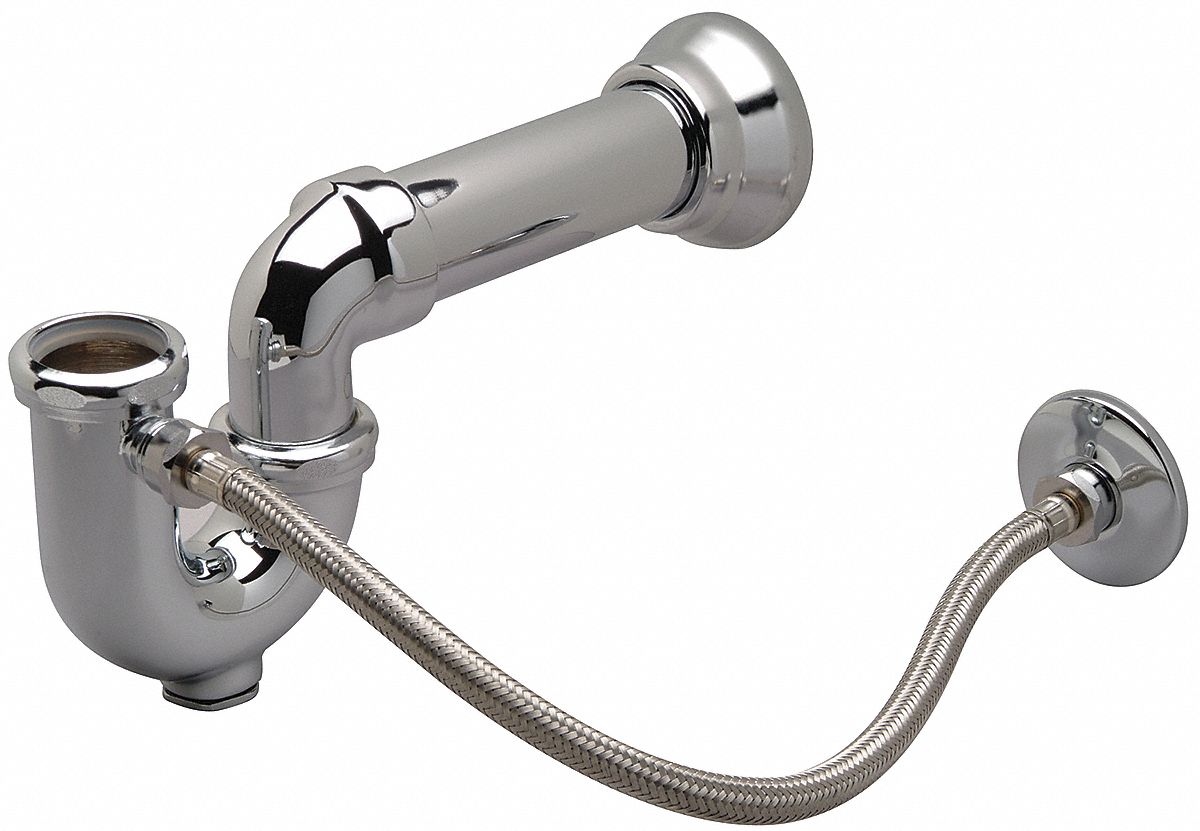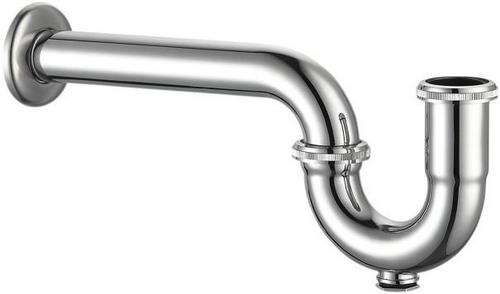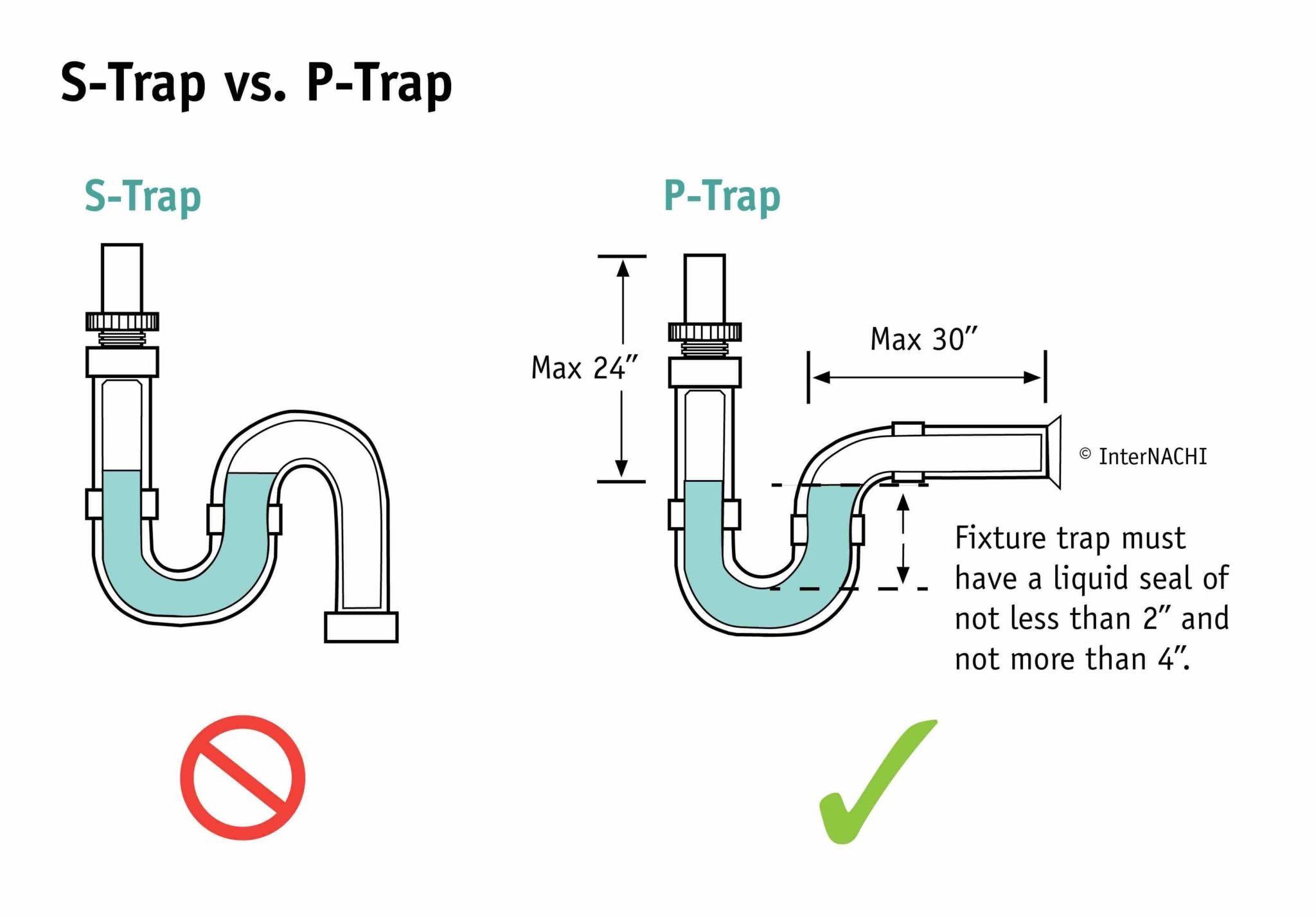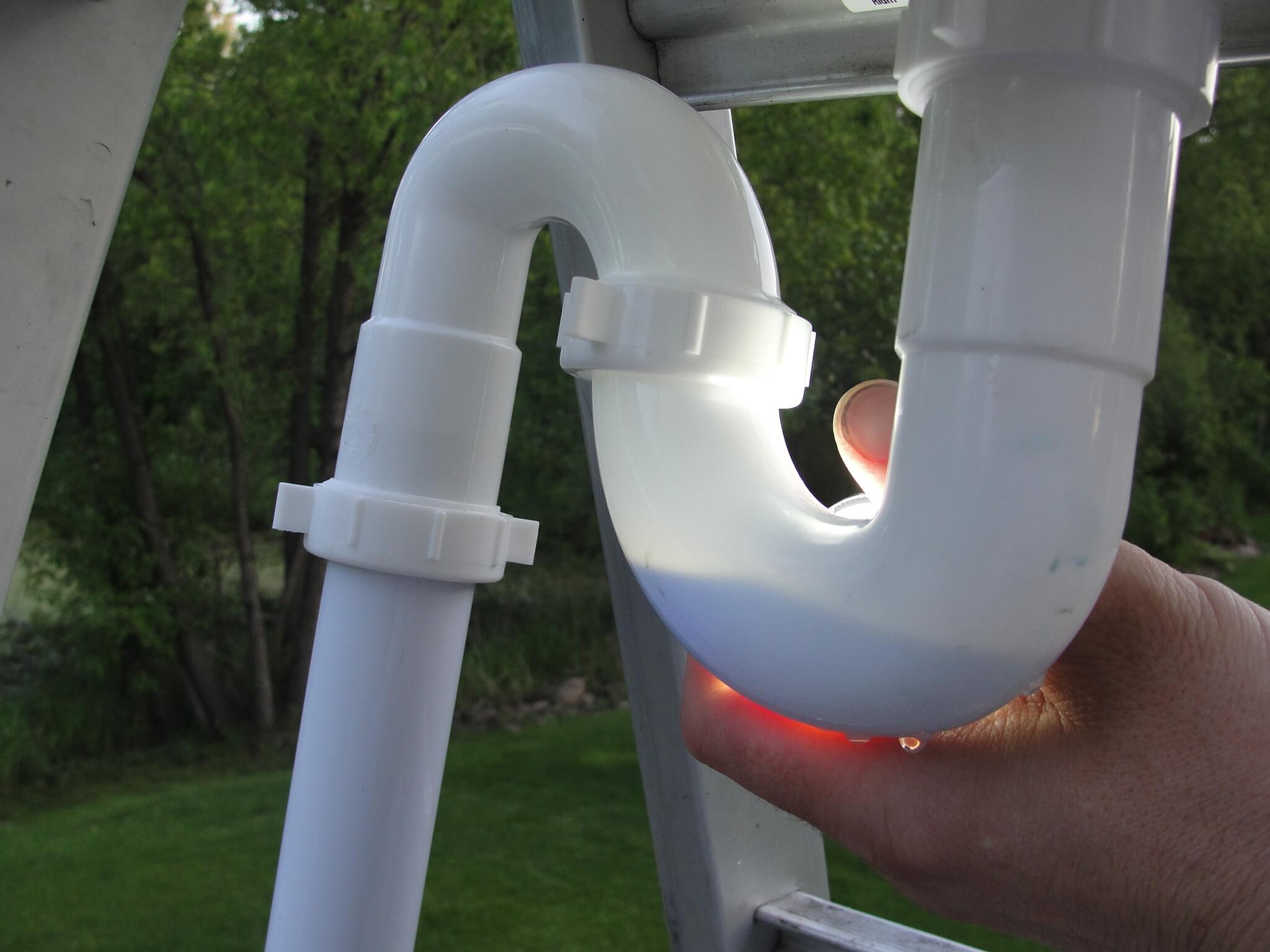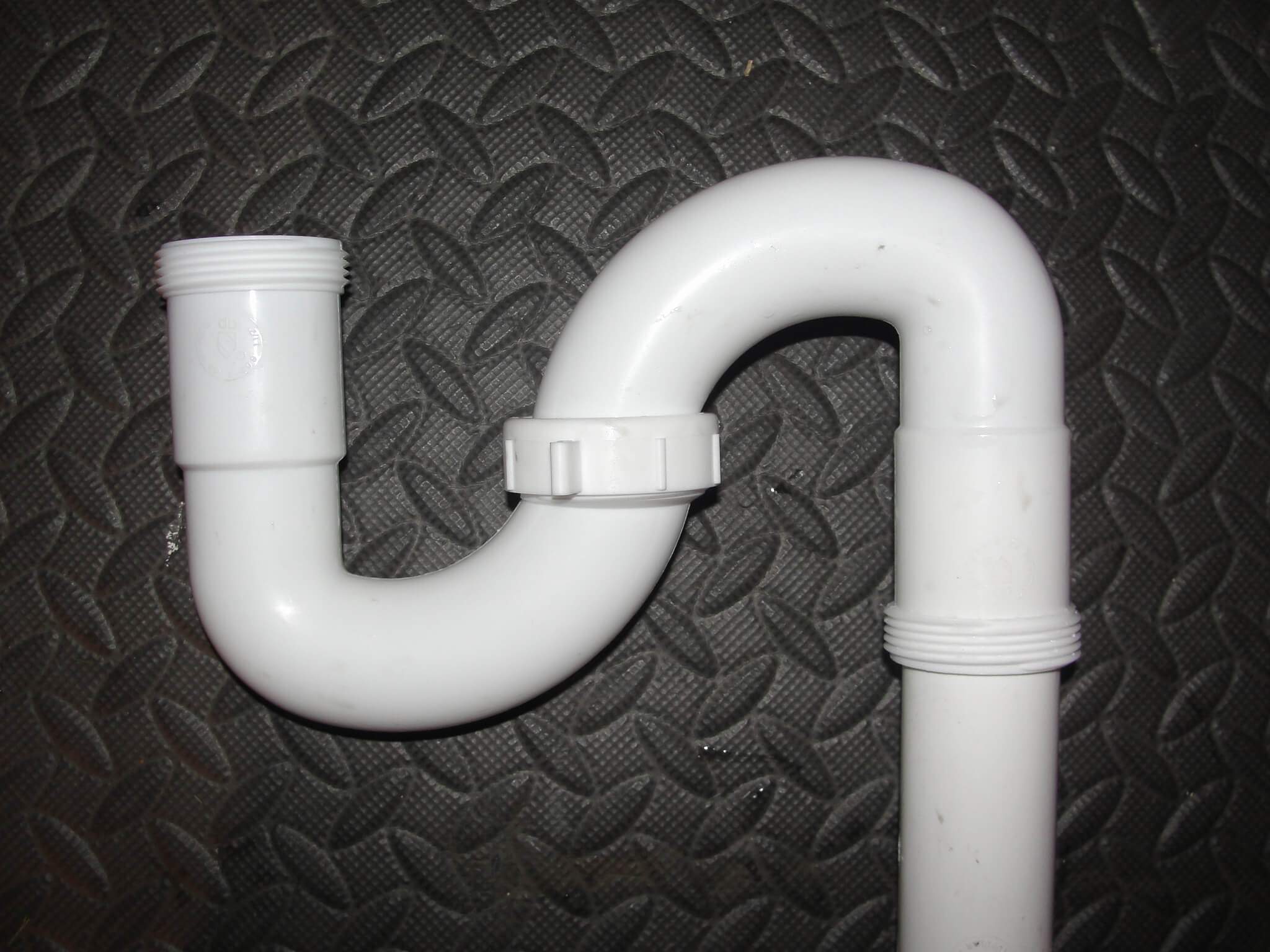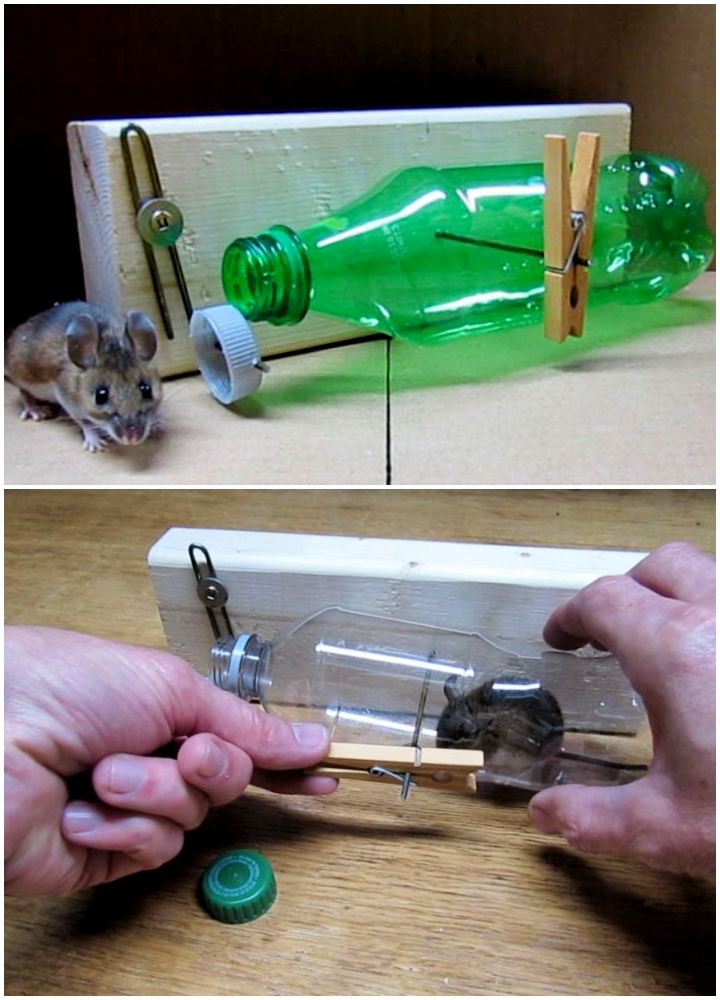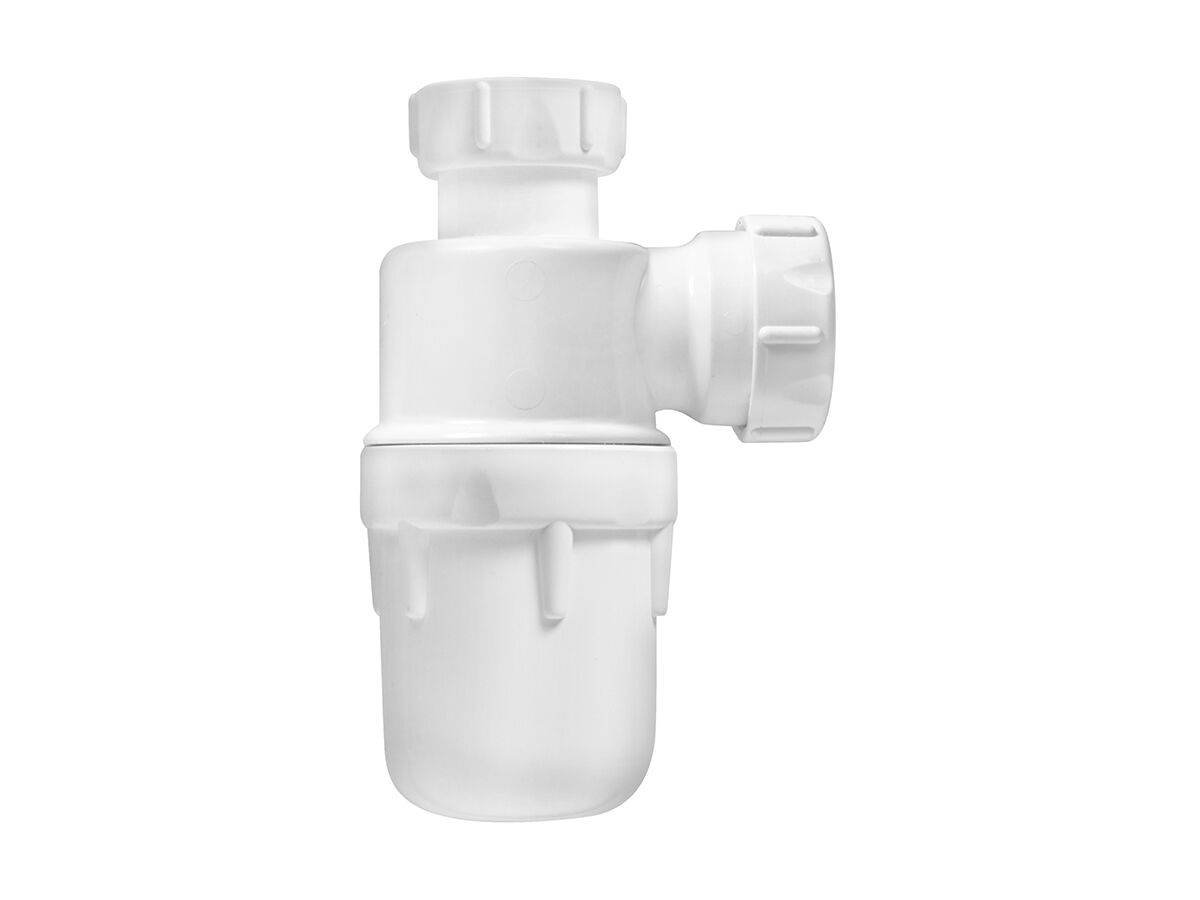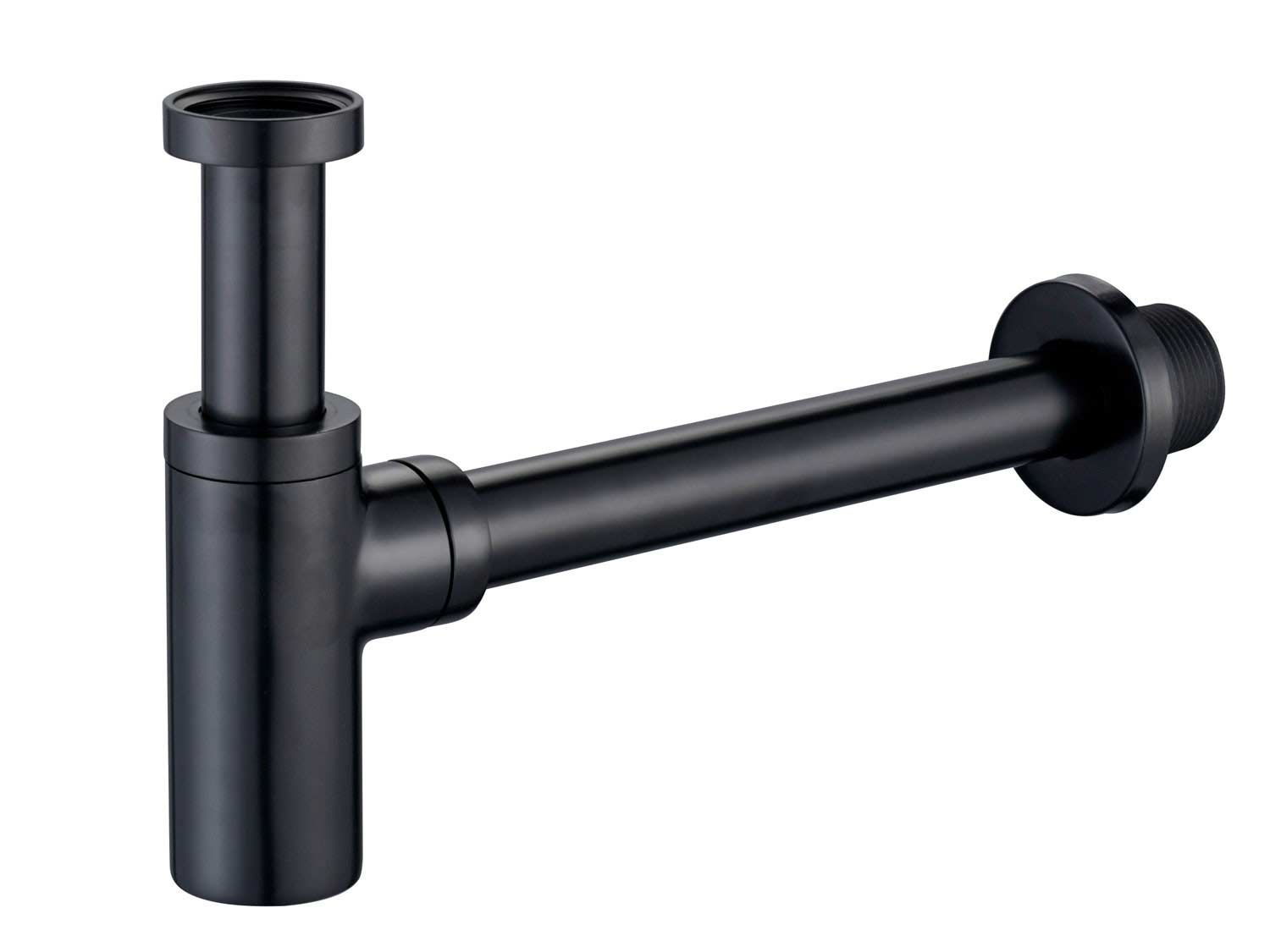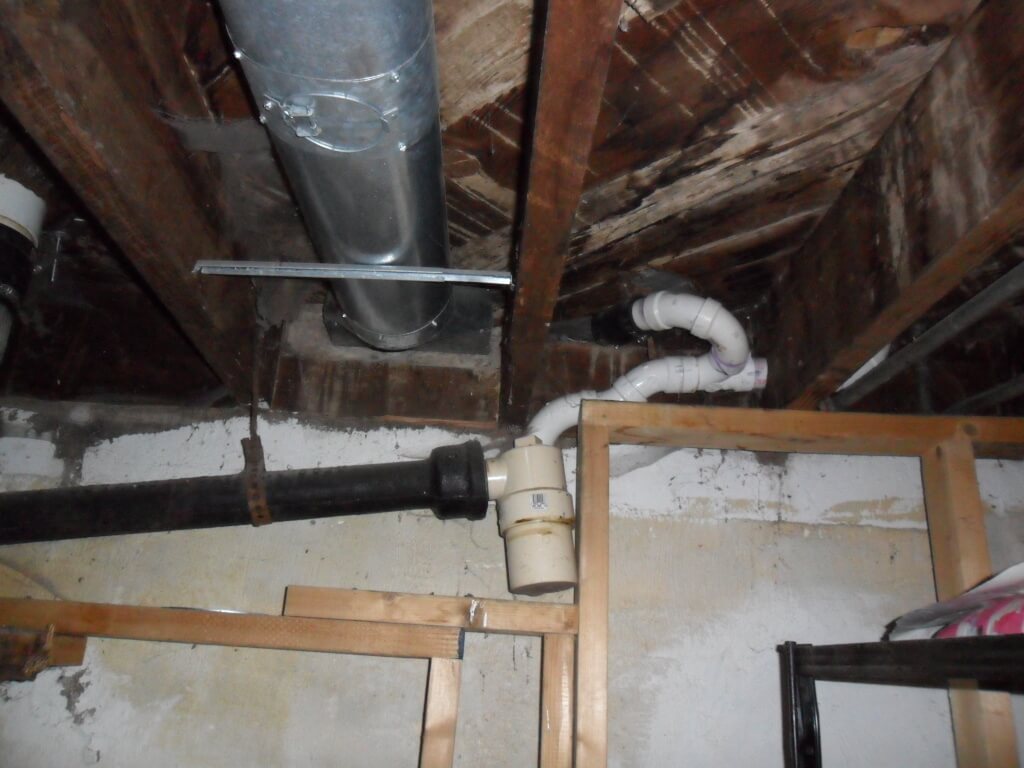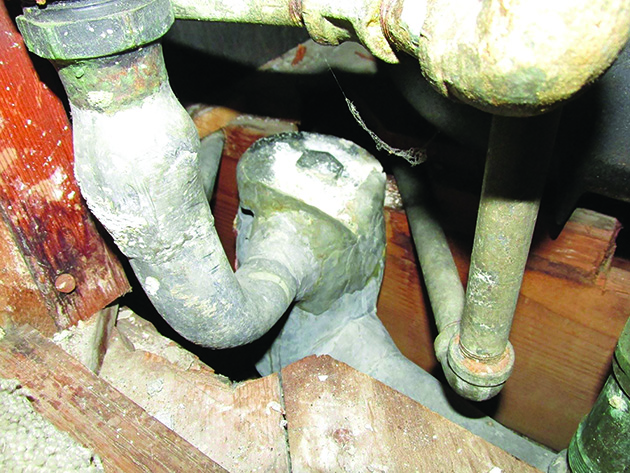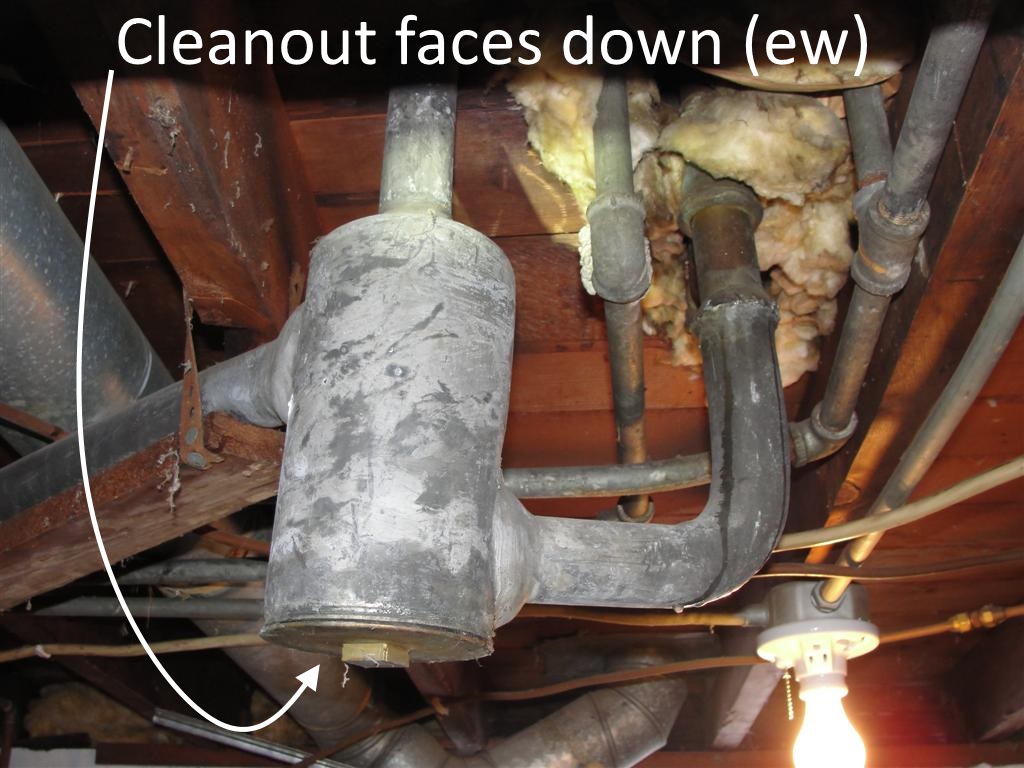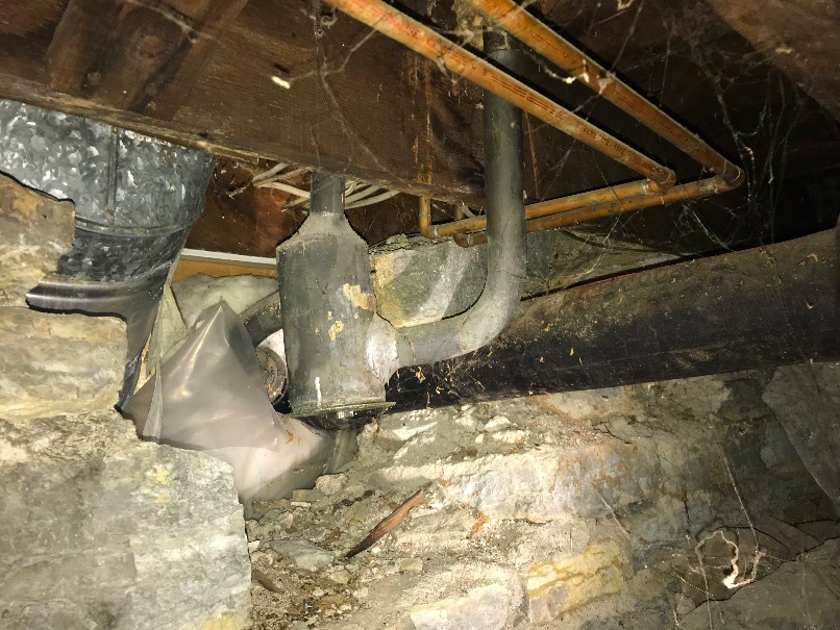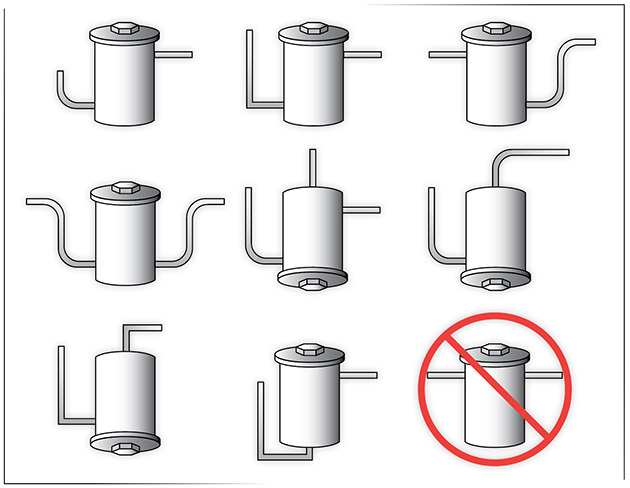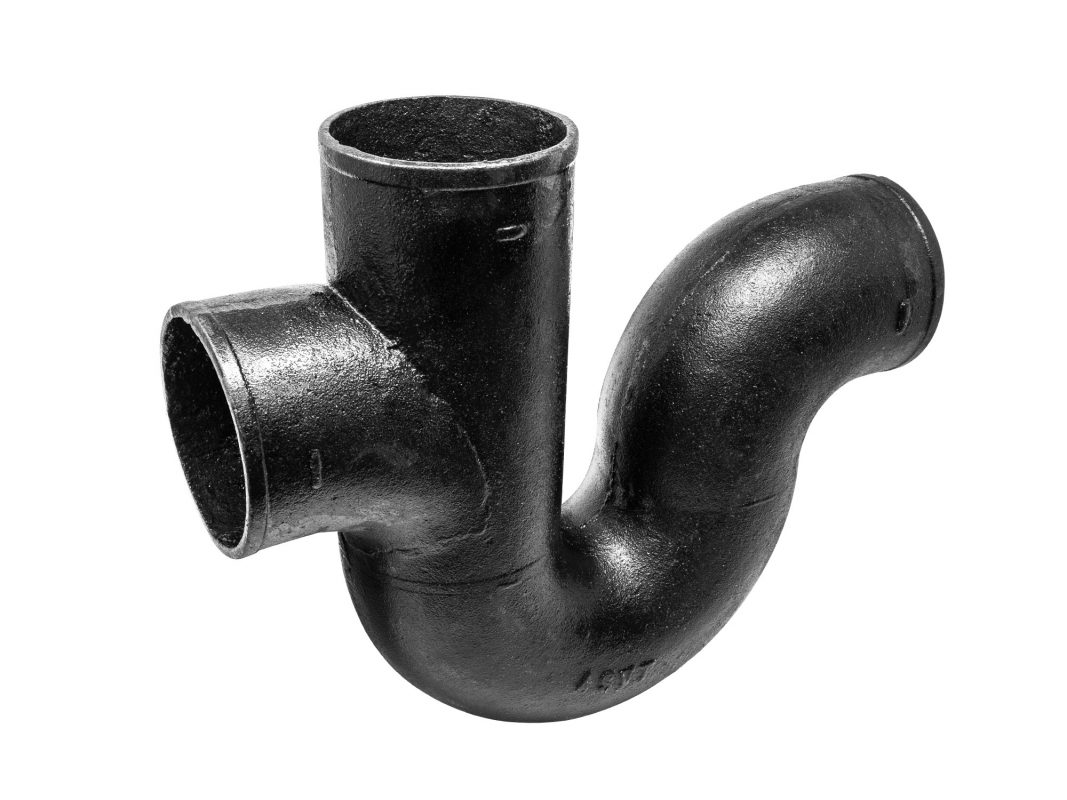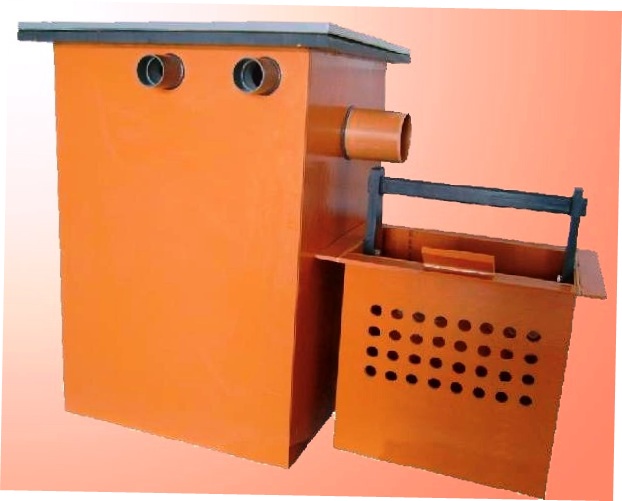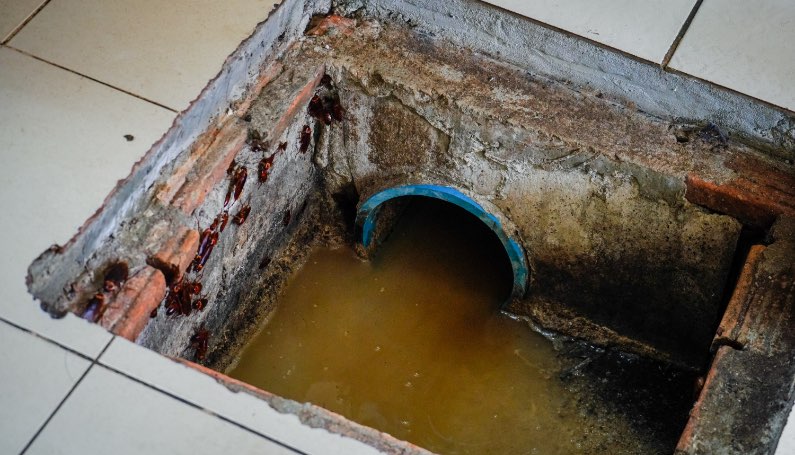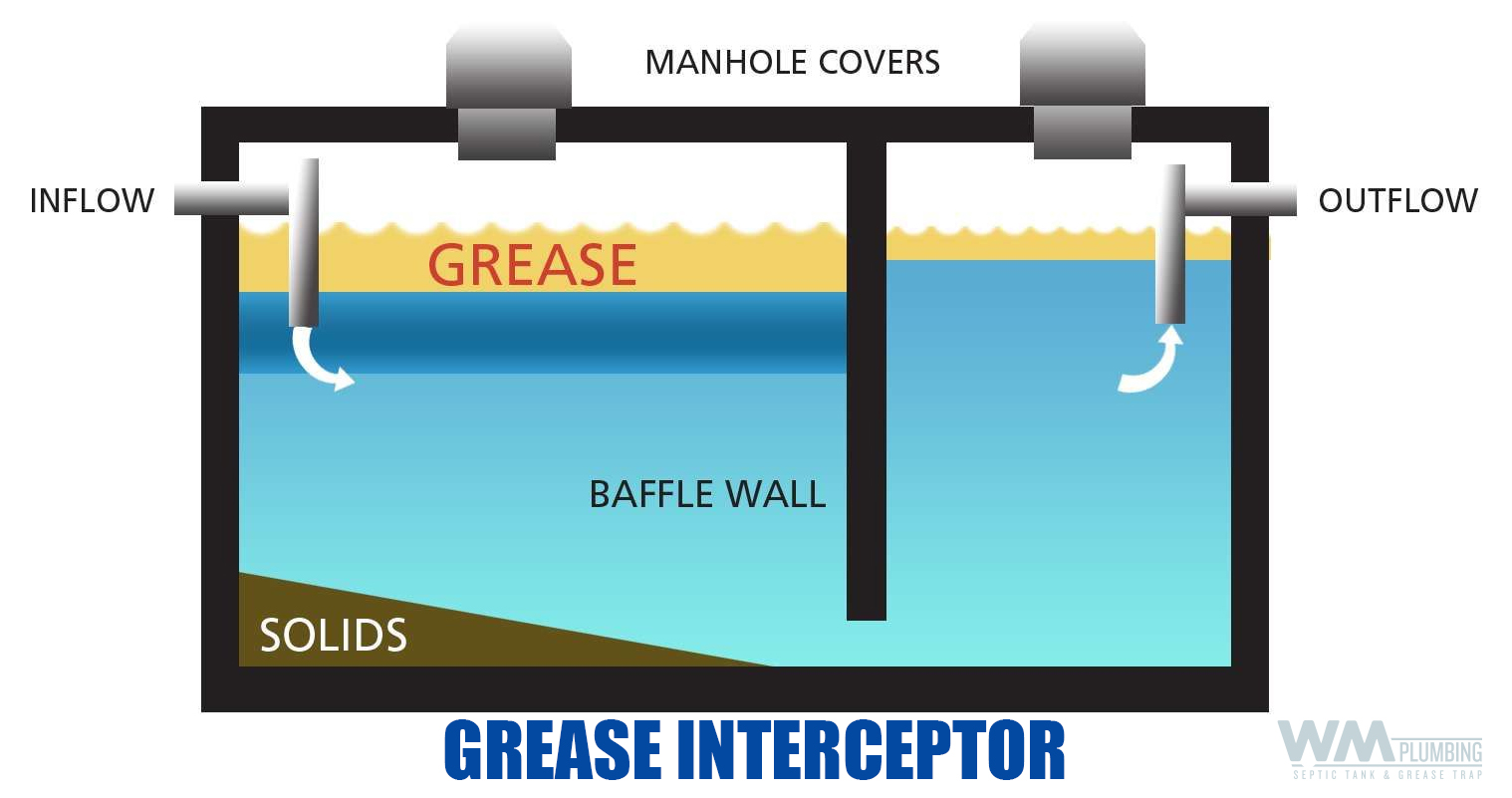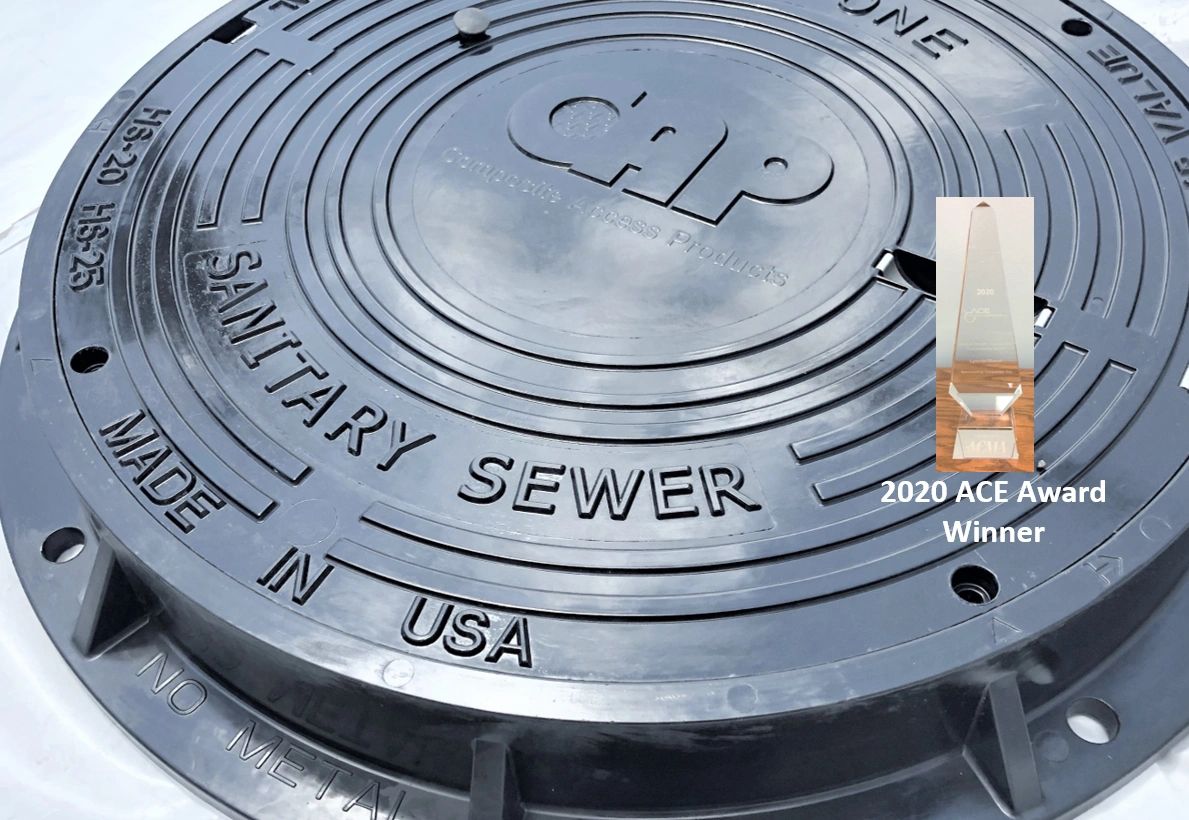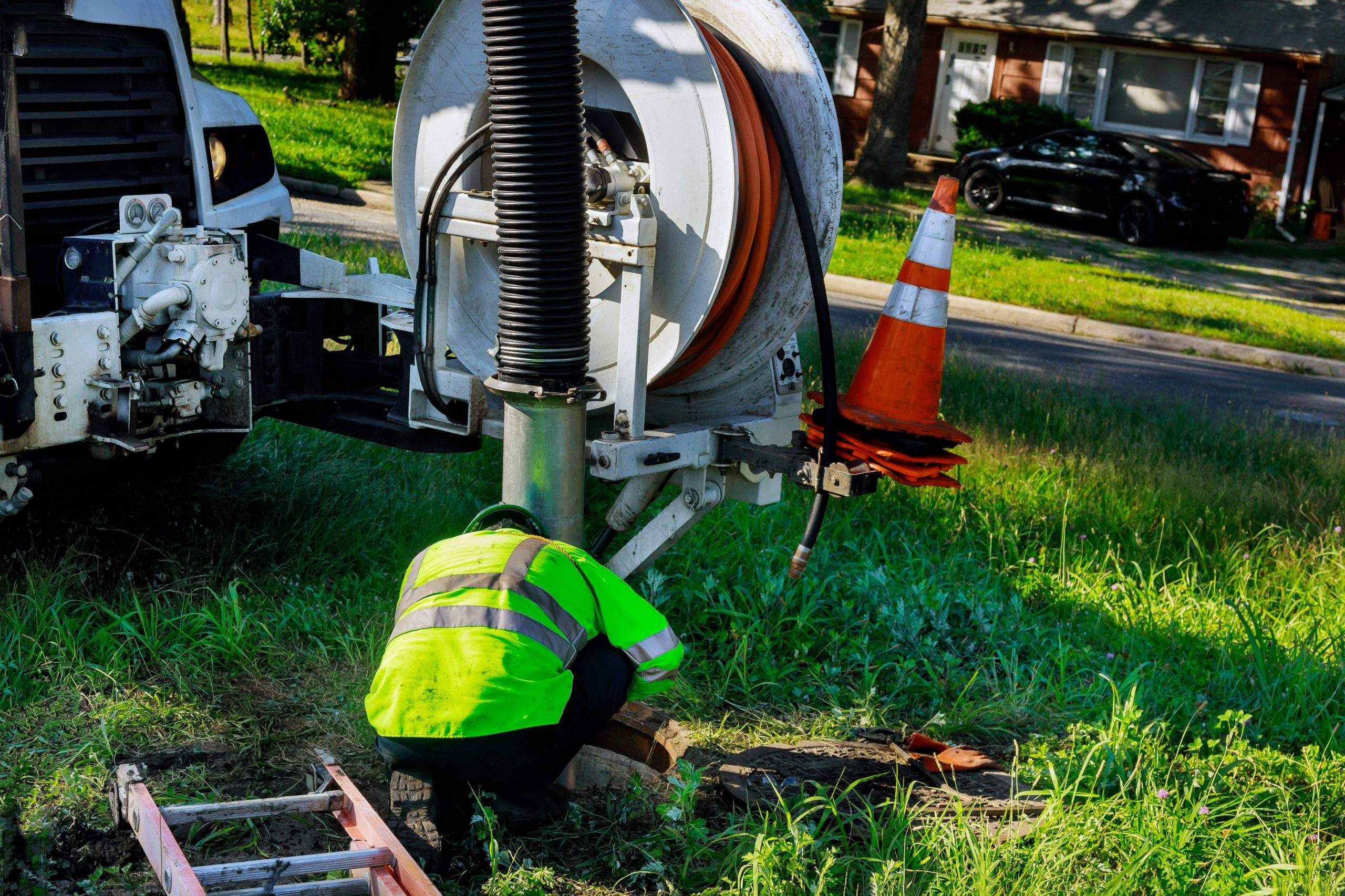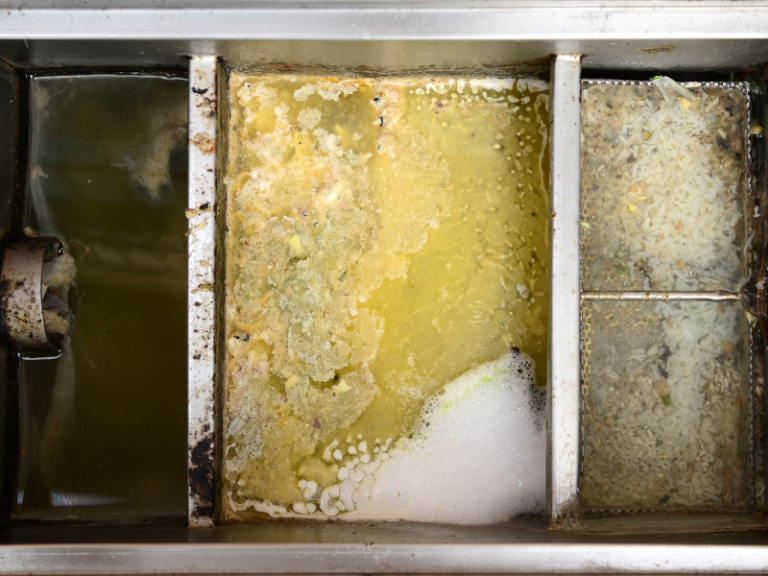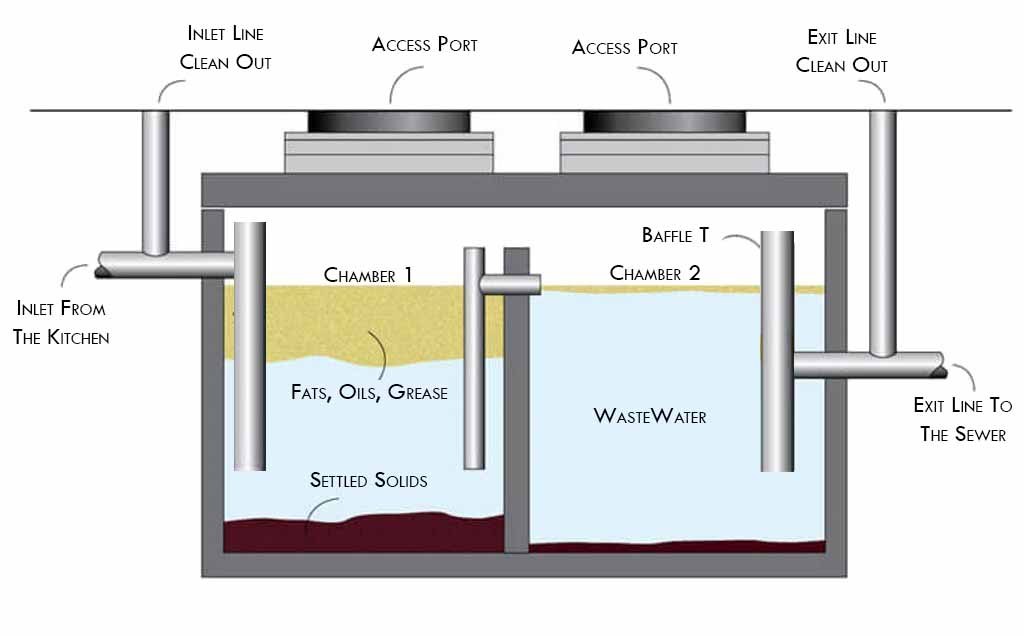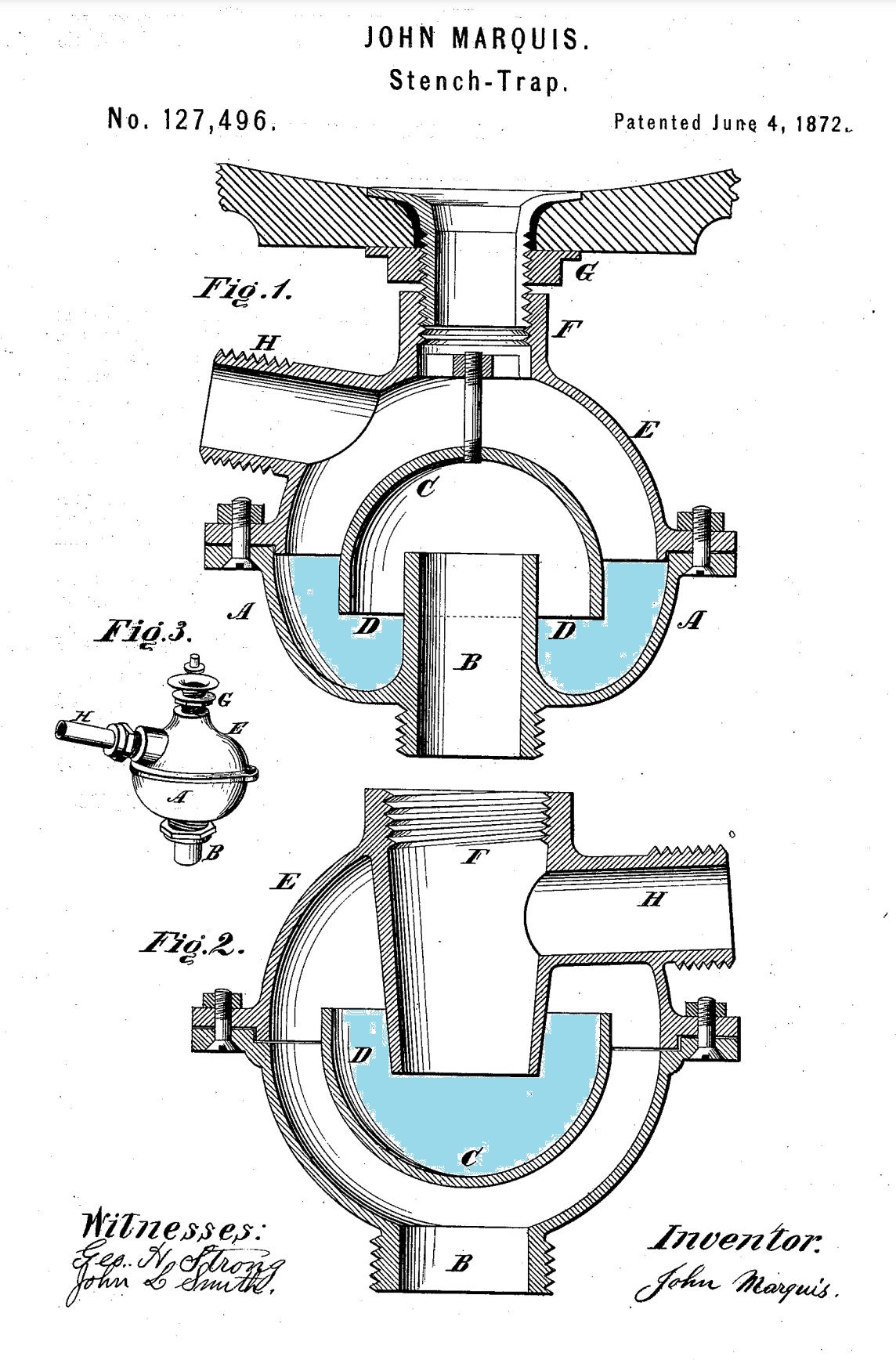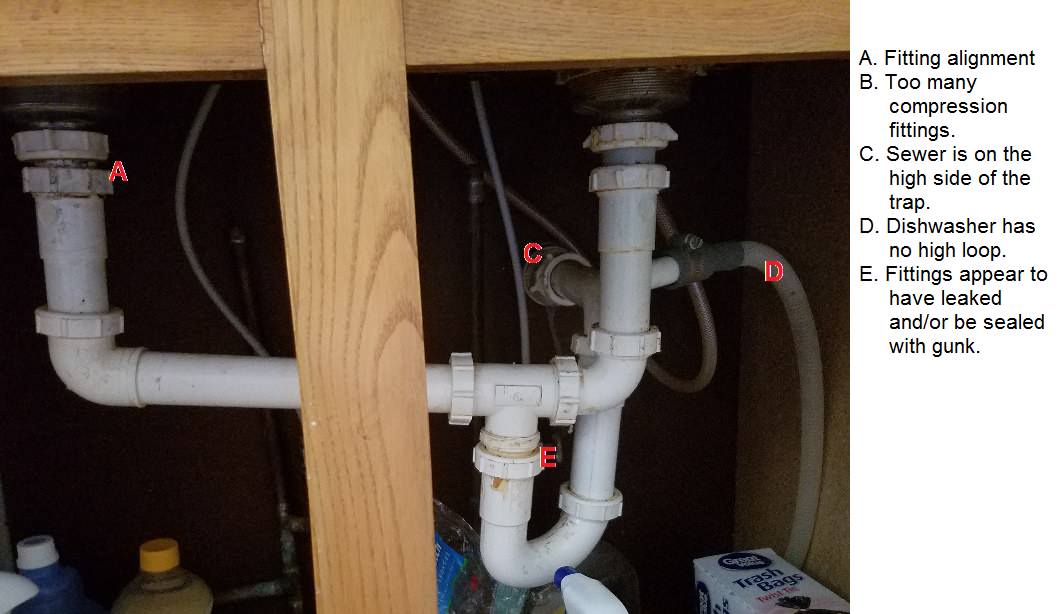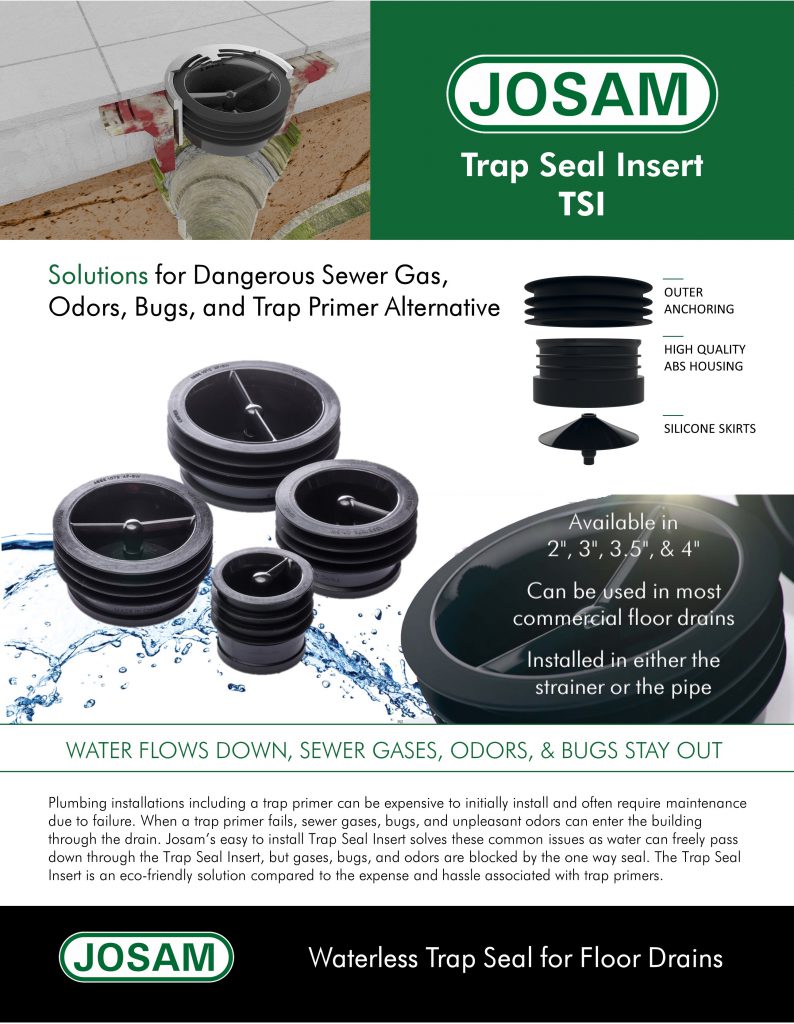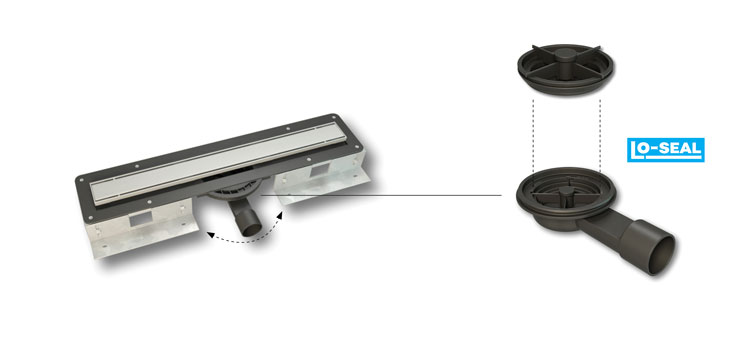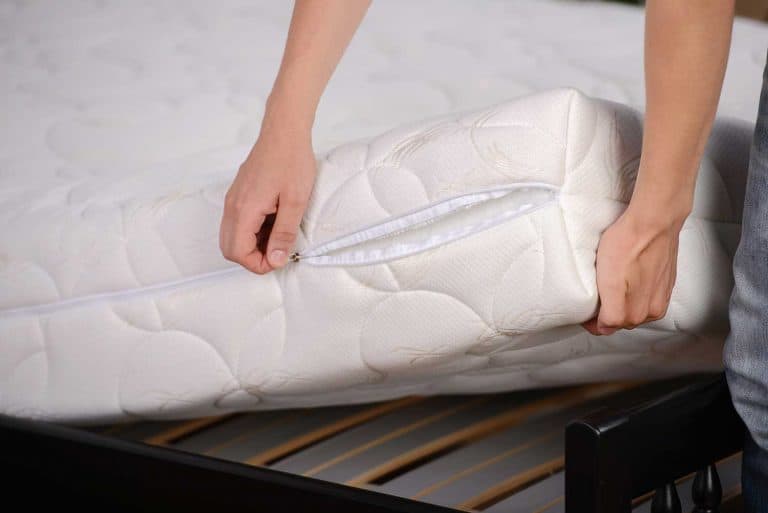The P-trap is one of the most commonly used types of kitchen sink traps. It is named after its shape, resembling the letter P, and is essential for preventing foul odors from entering your home. The P-trap works by creating a water seal that blocks sewer gases from rising up through the drain and into your kitchen. This type of trap is usually made of plastic or metal and is relatively easy to install. It is also straightforward to clean out any debris that may accumulate in the trap, preventing clogs and backups. P-traps come in various sizes and can be adjusted to fit different types of sinks and drain pipes. One thing to keep in mind with P-traps is that they can become clogged with food particles, hair, and other debris. It is essential to regularly clean out your P-trap to maintain proper drainage and prevent any unpleasant odors.1. P-trap
The S-trap, also known as the gooseneck trap, is another common type of kitchen sink trap. It gets its name from its shape, resembling the letter S, and is often used in older homes. Unlike the P-trap, the S-trap has a curved section that goes up and then down, creating a water seal to block sewer gases. One drawback of the S-trap is that it can easily become dry, breaking the water seal and allowing odors to enter your home. This can happen if the sink is not used for an extended period, or if there is a leak in the trap. To prevent this, you can pour a small amount of water down the drain periodically to maintain the water seal. Due to its shape and design, the S-trap is not as efficient as the P-trap in preventing clogs. It is also more challenging to clean out any debris that may accumulate in the trap. For these reasons, the S-trap is not as commonly used in modern homes.2. S-trap
The bottle trap is a newer type of kitchen sink trap that has gained popularity in recent years. It has a sleek and compact design, making it a popular choice for smaller sinks and spaces. The bottle trap gets its name from its shape, resembling a bottle, and is usually made of chrome or stainless steel. The bottle trap works similarly to the P-trap, creating a water seal to prevent sewer gases from entering your home. However, its unique design allows for easy cleaning and maintenance. The bottle trap has a removable cap at the bottom, making it easy to access and remove any debris that may accumulate in the trap. One downside of the bottle trap is that it has a smaller water seal, making it more prone to drying out and allowing odors to enter your home. However, with regular maintenance, this can be easily avoided, making the bottle trap a popular choice for modern kitchens.3. Bottle trap
The drum trap is an older type of kitchen sink trap that is rarely used in modern homes. It gets its name from its cylindrical shape, resembling a drum, and is usually made of cast iron or brass. Unlike other types of traps, the drum trap does not have a curved section but instead has a vertical pipe that goes straight down. One of the drawbacks of the drum trap is that it is challenging to clean out any debris that may accumulate in the trap. It is also more prone to clogging, and the lack of a water seal can allow foul odors to enter your home. For these reasons, the drum trap is not as commonly used and has been replaced by more efficient and modern traps.4. Drum trap
The running trap, also known as a continuous waste trap, is a type of trap that is often used in double-bowl kitchen sinks. It gets its name from its design, which allows for continuous drainage from both bowls into a single trap. This type of trap is usually made of plastic and is relatively easy to install. The running trap works by creating a water seal to prevent sewer gases from entering your home. It is also more efficient in preventing clogs, as the continuous waste allows for a more consistent flow of water. However, the running trap can be more challenging to clean out, as it is longer and has more bends and curves than other types of traps.5. Running trap
As the name suggests, the grease trap is a type of trap specifically designed to capture and prevent grease and oils from entering your plumbing system. It is commonly used in commercial kitchens and is required by law in many areas to prevent grease from clogging city sewers. The grease trap works by using a series of baffles to trap and separate the grease from the water. The grease then rises to the top, while the water continues to flow through the trap and into the sewer system. Regular maintenance and cleaning are essential for grease traps to function properly and prevent any unpleasant odors.6. Grease trap
The floor trap is a type of trap often used in basements or areas where the kitchen sink is located below the main sewer line. It gets its name from its location, as it is usually installed in the floor instead of under the sink. The floor trap works similarly to other types of traps, creating a water seal to prevent sewer gases from entering your home. One advantage of the floor trap is that it is relatively easy to access and clean out any debris that may accumulate. However, it is also more prone to clogging, as it is located further away from the sink and can collect more debris. Regular maintenance is crucial for the floor trap to function properly and prevent any unpleasant odors.7. Floor trap
The bell trap, also known as a floor drain trap, is a type of trap commonly used in commercial kitchens or areas with heavy foot traffic. It is designed to trap debris and prevent it from entering the main sewer line, which can cause clogs and backups. The bell trap gets its name from its bell-shaped design and is usually made of cast iron or PVC. The bell trap works by using a series of baffles to trap and collect debris, allowing for proper drainage. However, due to its design, it can be more challenging to clean out any accumulated debris. Regular maintenance is crucial for the bell trap to function properly and prevent any unpleasant odors.8. Bell trap
The deep seal trap, also known as an S-trap with a deep seal, is a type of trap commonly used in areas with high water pressure. It gets its name from its deep water seal, which prevents sewer gases from entering your home even under high water pressure. This type of trap is usually made of PVC and is more commonly used in commercial kitchens. The deep seal trap works similarly to the S-trap, creating a water seal to block sewer gases. However, its deep seal makes it more efficient in preventing odors, even under high water pressure. One downside of the deep seal trap is that it can be more challenging to clean out any debris that may accumulate in the trap.9. Deep seal trap
The shallow seal trap, also known as a U-trap, is a type of trap commonly used in areas with low water pressure. As the name suggests, it has a shallow water seal, making it more prone to drying out and allowing odors to enter your home. This type of trap is usually made of plastic and is more commonly used in residential kitchens. The shallow seal trap works similarly to the P-trap, creating a water seal to block sewer gases. However, its shallow seal makes it less efficient in preventing odors, especially under low water pressure. Regular maintenance is crucial for the shallow seal trap to function correctly and prevent any unpleasant odors.10. Shallow seal trap
Different Types of Kitchen Sink Traps for Efficient Drainage Systems
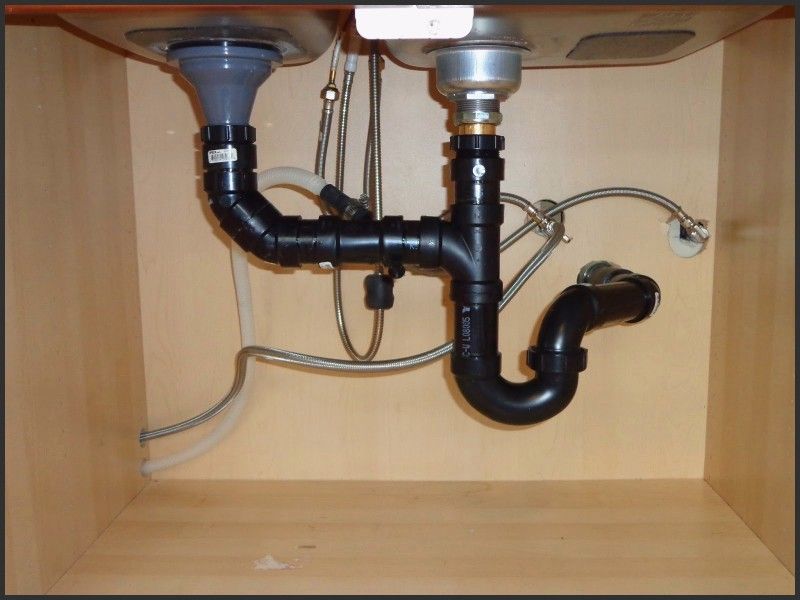
What is a Kitchen Sink Trap?
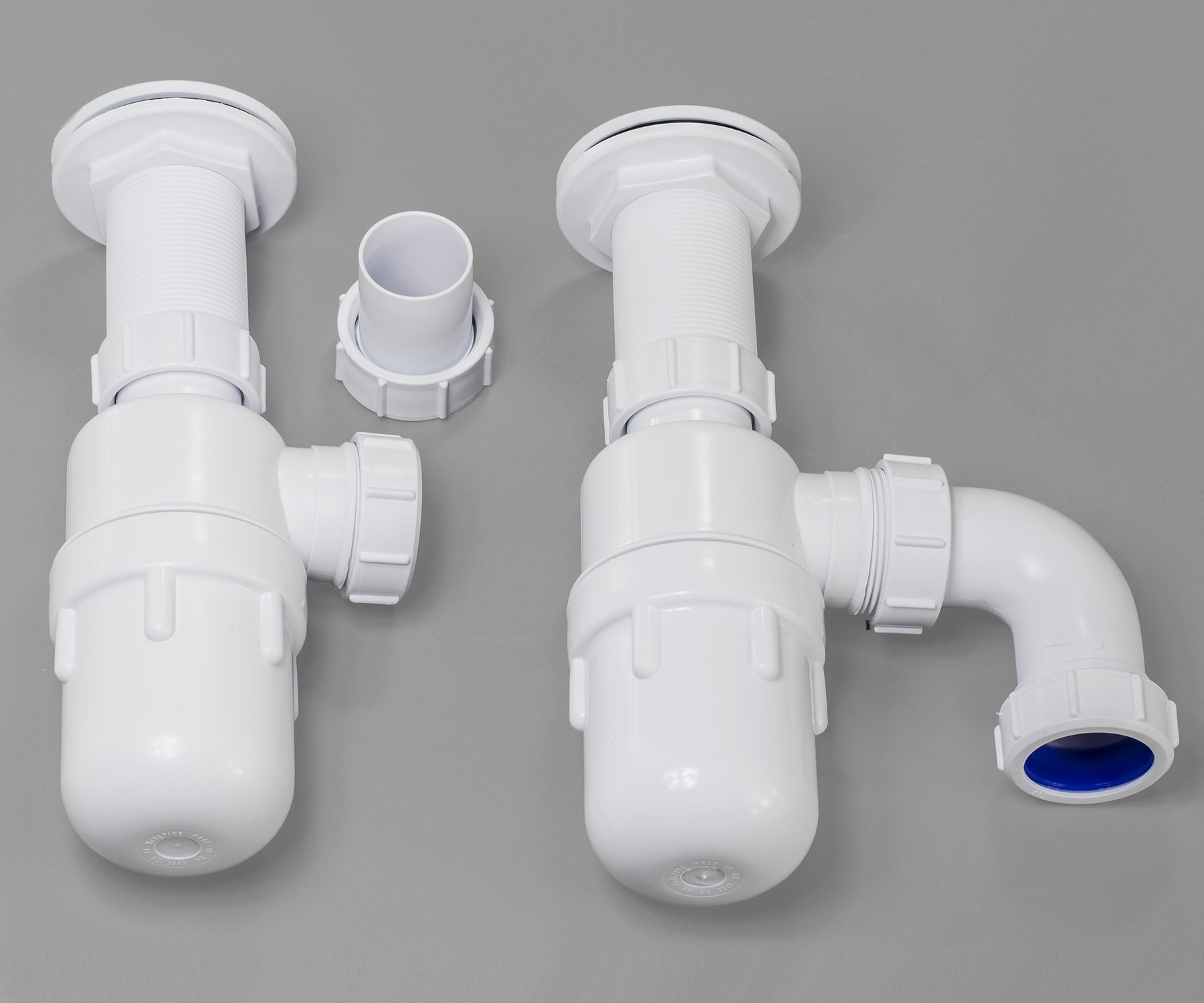 A kitchen sink trap is an essential component of any drainage system in a home. Its main purpose is to prevent foul odors, gases, and pests from entering the house through the sink pipes while also allowing wastewater to flow out. It is usually installed under the sink, connecting the sink drain to the main drain line. There are various types of kitchen sink traps available in the market, each with its own unique features and benefits.
A kitchen sink trap is an essential component of any drainage system in a home. Its main purpose is to prevent foul odors, gases, and pests from entering the house through the sink pipes while also allowing wastewater to flow out. It is usually installed under the sink, connecting the sink drain to the main drain line. There are various types of kitchen sink traps available in the market, each with its own unique features and benefits.
Bottle Trap
 One of the most common types of kitchen sink traps is the bottle trap. It is named after its bottle-like shape and is usually made of PVC or plastic. It is easy to install and maintain, making it a popular choice for many homeowners. The bottle trap consists of a curved pipe that traps debris and prevents it from entering the main drain line. It also has a removable cap for easy cleaning and maintenance.
One of the most common types of kitchen sink traps is the bottle trap. It is named after its bottle-like shape and is usually made of PVC or plastic. It is easy to install and maintain, making it a popular choice for many homeowners. The bottle trap consists of a curved pipe that traps debris and prevents it from entering the main drain line. It also has a removable cap for easy cleaning and maintenance.
P-Trap
/sink-drain-trap-185105402-5797c5f13df78ceb869154b5.jpg) The P-trap is another commonly used kitchen sink trap. It is named after its shape, which resembles the letter "P." This type of trap is made of metal or PVC and has a curved pipe that traps debris and prevents clogs. One of the main advantages of a P-trap is its ability to retain a small amount of water in the pipe, creating an airtight seal that prevents foul odors and gases from entering the house.
The P-trap is another commonly used kitchen sink trap. It is named after its shape, which resembles the letter "P." This type of trap is made of metal or PVC and has a curved pipe that traps debris and prevents clogs. One of the main advantages of a P-trap is its ability to retain a small amount of water in the pipe, creating an airtight seal that prevents foul odors and gases from entering the house.
S-Trap
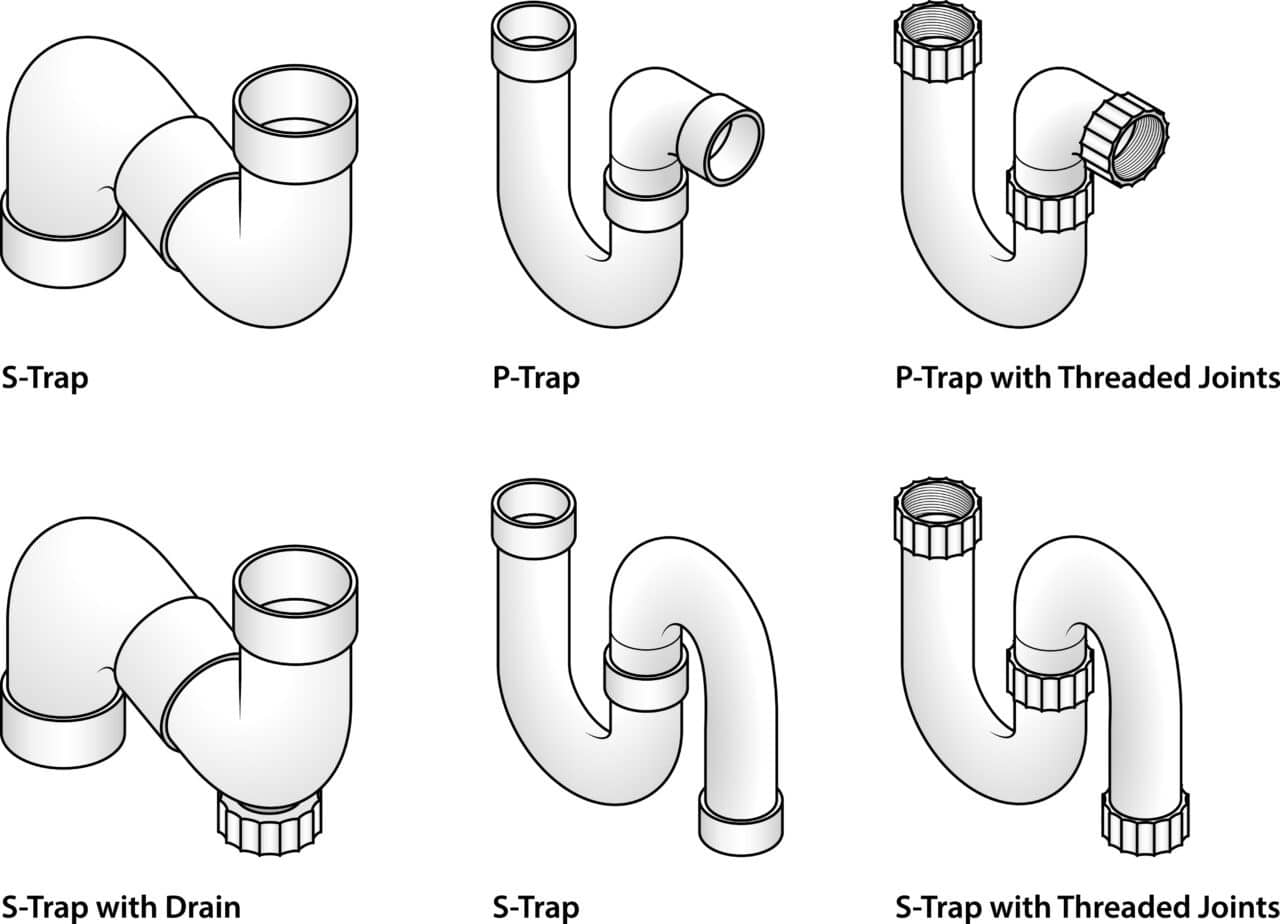 Similar to the P-trap, an S-trap also gets its name from its shape, which resembles the letter "S." It is mostly used in older homes and is made of metal or PVC. The S-trap is installed in the same way as a P-trap, but it has a deeper seal and a larger curve, making it more effective in preventing odors and gases from entering the house. However, it is not suitable for use in areas with high water pressure as it may result in siphoning.
Similar to the P-trap, an S-trap also gets its name from its shape, which resembles the letter "S." It is mostly used in older homes and is made of metal or PVC. The S-trap is installed in the same way as a P-trap, but it has a deeper seal and a larger curve, making it more effective in preventing odors and gases from entering the house. However, it is not suitable for use in areas with high water pressure as it may result in siphoning.
Grease Trap
 For those with heavy cooking needs, a grease trap is an ideal choice for their kitchen sink. This type of trap is specifically designed to trap and remove grease, oils, and fats from the sink drain. It is usually installed under the sink and has a larger capacity compared to other traps. Regular maintenance is essential for a grease trap to function effectively and prevent clogs in the main drain line.
For those with heavy cooking needs, a grease trap is an ideal choice for their kitchen sink. This type of trap is specifically designed to trap and remove grease, oils, and fats from the sink drain. It is usually installed under the sink and has a larger capacity compared to other traps. Regular maintenance is essential for a grease trap to function effectively and prevent clogs in the main drain line.
Conclusion
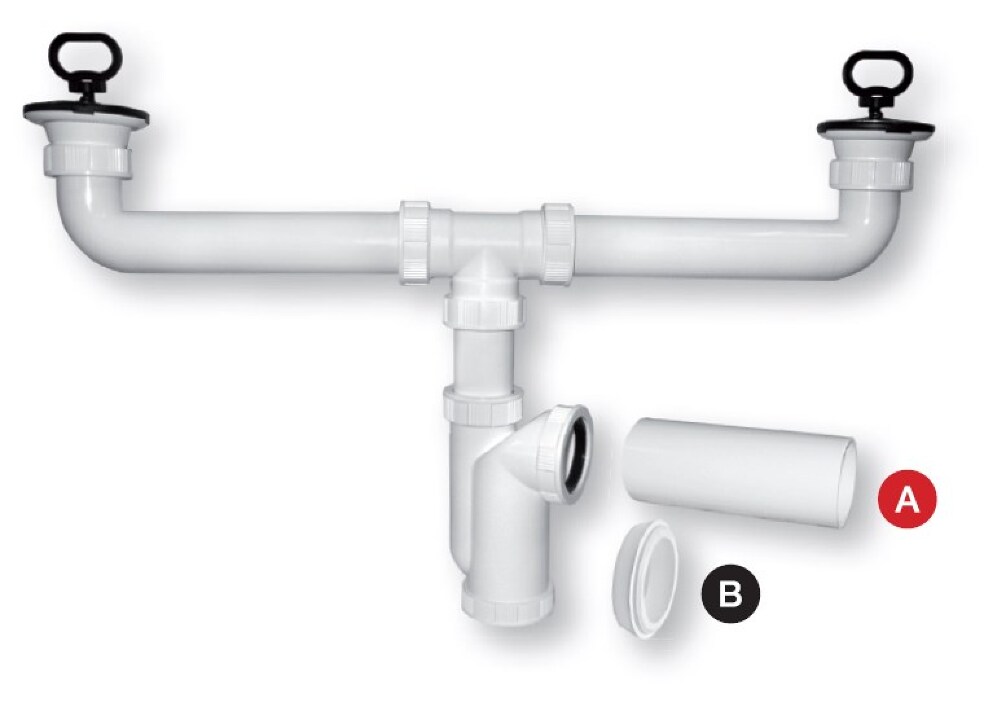 In conclusion, a kitchen sink trap is an essential component of a drainage system and plays a crucial role in maintaining a clean and hygienic kitchen. When choosing a kitchen sink trap, it is important to consider factors such as ease of installation, maintenance, and effectiveness in preventing odors and clogs. With the various types of traps available, homeowners can choose the one that best suits their needs and ensures efficient drainage in their kitchen.
In conclusion, a kitchen sink trap is an essential component of a drainage system and plays a crucial role in maintaining a clean and hygienic kitchen. When choosing a kitchen sink trap, it is important to consider factors such as ease of installation, maintenance, and effectiveness in preventing odors and clogs. With the various types of traps available, homeowners can choose the one that best suits their needs and ensures efficient drainage in their kitchen.




